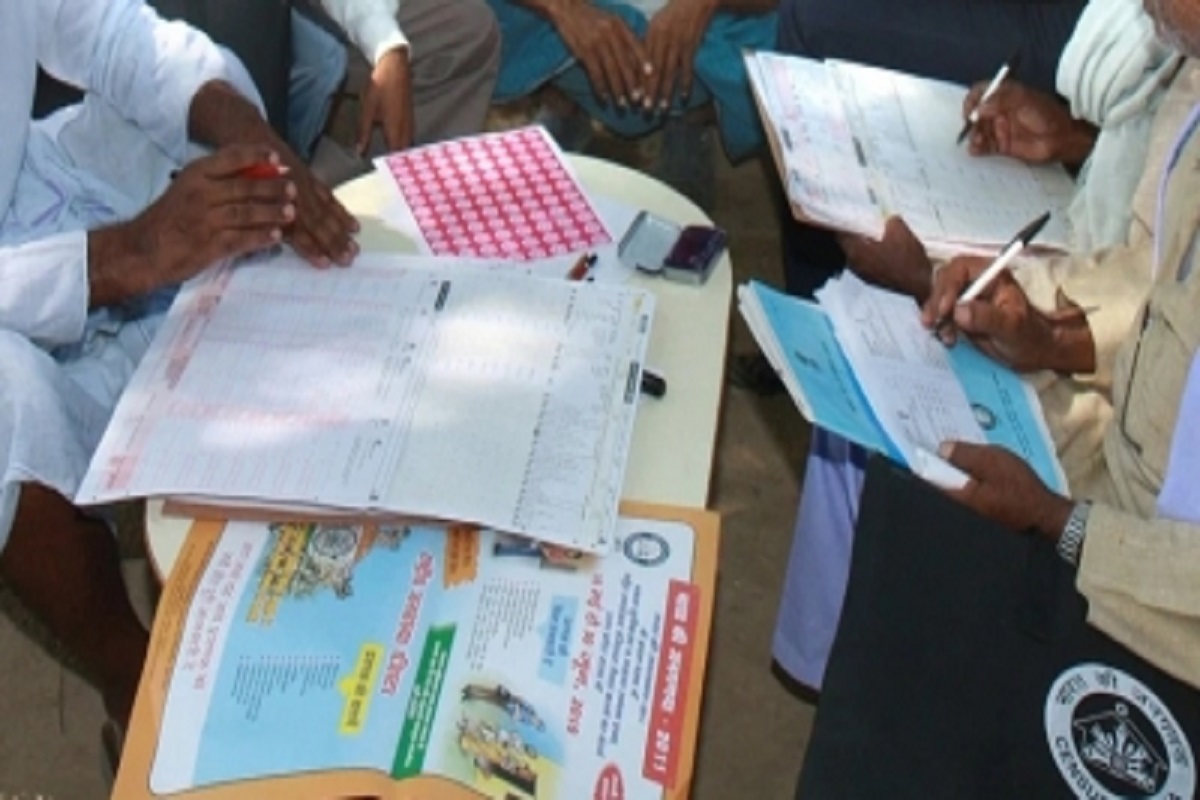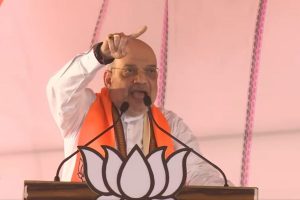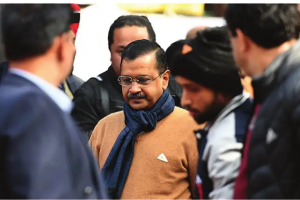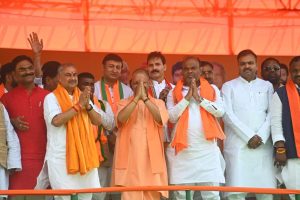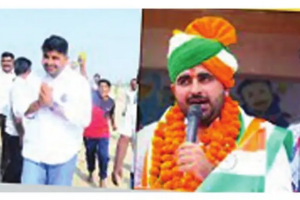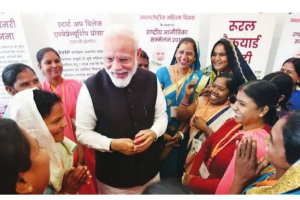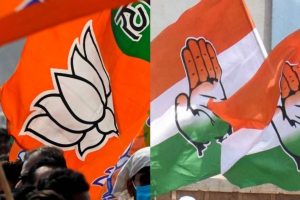With the 2024 Lok Sabha elections just a little more than a year away, Bihar is one of the states which will decide the fate of the BJP and the parties having an anti- saffron ideology.
The BJP has some certain patterns of contesting elections and one of them is to polarize Hindu voters. Such a ploy of the saffron party was successful in states like Uttar Pradesh and Madhya Pradesh and the BJP is looking to repeat the performance in Bihar.
However, the political ground of Bihar is not looking conducive for the saffron party as the seven-party government of the Grand Alliance has prepared policies to counter it and one such policy is a caste-based census.
Chief Minister Nitish Kumar and RJD chief Lalu Prasad Yadav knew the strength of the BJP’s politics of Hindutva. Hence, they brought caste based census in Bihar to segregate Hindu voters so that the fulcrum of the 2024 Lok Sabha poll would shift to castes.
In Bihar, there are three political forces — RJD, JD-U and BJP. As the RJD and JD-U are on the same page and also in power, they are looking at a caste based census as the important political tool to defeat the BJP.
In 2005 the JD-U and the BJP were on the same side and they formed the government in Bihar, in 2010, the same combination was repeated. In 2015, the JD-U joined hands with the RJD and the Mahagathbandhan (Grand Alliance) government was formed.
In the 2020 assembly election, the JD-U and the BJP combined together and the NDA government was formed. Now, as the JD-U and the RJD are on the same side in Bihar and also in power, they have a clear edge over the BJP in the Lok Sabha poll.
The caste combination of Bihar suits the RJD and the JD-U rather than the BJP. If we analyse the voters in Bihar, OBC, EBC, Muslims are in large numbers compared to upper castes like Brahmins, Bhumihar and Rajput.
After the actual number of castes come into the public domain, it would be easy for parties like the RJD, JD-U, Left parties, Congress to convince voters belonging to OBC, EBC and the minorities who are in large numbers in Bihar compared to upper caste voters.
The RJD has core voters among the Muslims and Yadavs (MY) in Bihar and as per the data of the Election Commission, 16% Yadav and 17% Muslim voters are there in Bihar.
The JD-U is dependent on the Luv-Kush equation of the Kurmi and Koiri (Kushwaha) and they also have a combined strength of 27 % in Bihar.
The upper castes (Bhumihar, Rajput, Brahmins and Kayastha) are considered supporters of the BJP but their strength is not more than 17% in the state.
The government has changed in Bihar at a crucial juncture ahead of the Lok Sabha election 2024. It has forced the BJP to feel isolated while going to the Lok Sabha polls.
Nitish Kumar and Tejashwi Yadav smartly played the caste census card in Bihar. After the performance of the JD-U in the 2020 assembly poll, Nitish Kumar in particular believes that a caste based census could counter the Hindutva politics of the BJP. He and Tejashwi Yadav put the ball in the Centre’s court and after the refusal of PM Narendra Modi in 2021, the Bihar government had given the green signal to conduct a caste based census in the state.
Nitish Kumar, after the announcement of this census, claimed that the numbers of every caste will come in the public domain. It would help to make strategy and policies according to their strength.
“We met the prime minister in 2021 to conduct a caste based census across the country but he refused. The BJP does not want the actual numbers of castes to come out. They have tried hard to stop it but we have a clear vision to conduct a caste based census. Our chief minister Nitish Kumar has already mentioned the benefits of it. We are pleased that the caste based census has started now. It is a historic event for Bihar,” said Tejashwi Yadav, the deputy chief minister.
Making government strategy and policies according to the strength of a particular caste is one aspect. The biggest beneficiaries of the caste based census will be the political parties who will prepare their poll strategy according to the strength of particular castes in particular constituencies.
Through this, Nitish Kumar and Tejashwi Yadav have tried to divide the Hindutva politics into the micro politics of caste.
A senior journalist told IANS: “After the Mandal commission, regional parties emerged in states like Bihar and Uttar Pradesh in a big way. In Uttar Pradesh, Mulayam Singh Yadav led the Samajwadi Party, Kanshi Ram led the Bahujan Samaj Party which were taken over respectively by Akhilesh Yadav and Mayawati. Similarly in Bihar, leaders like Lalu Prasad Yadav, Nitish Kumar Sharad Yadav, George Fernandes and Ram Vilas Paswan emerged as prominent regional leaders.”
“The BJP was not having strong positives in Bihar and Uttar Pradesh. It emerged in Uttar Pradesh on the basis of strong Hindutva politics and came to power. During the 2020 assembly election, BJP had put up a good performance and won 74 seats in the assembly. Here, leaders like Nitish Kumar and Tejashwi Yadav realized that if the BJP will go with the strong Hindutva politics in Bihar, their political future will come to an end.
“Hence, they have brought caste based census in Bihar to counter the Hindutva politics of the BJP. The RJD has the MY equation, the JD-U has the Luv-Kush equation and they have higher numbers than upper castes. The role of EBC voters will be crucial in the politics of Bihar. The position of BJP became stronger due to the shift of EBC voters toward BJP. The idea is to inform voters about their actual strength so that they would choose the political parties according to their castes.
“The RJD and JD-U may get instant benefits through caste based census but it will complicate matters in future and leaders of every caste will emerge and accordingly demand political participation. It is similar to the Mandal commission when a large number of regional political forces emerged after 1990, the journalist added.”

